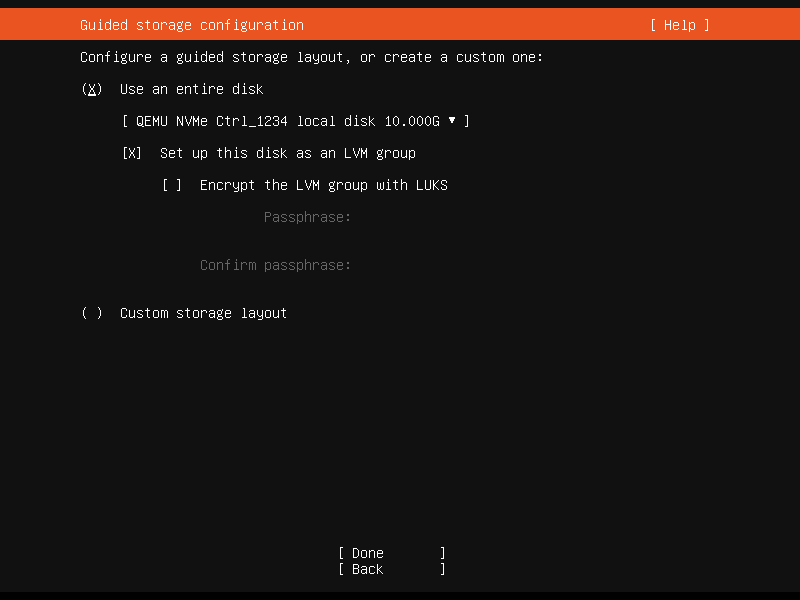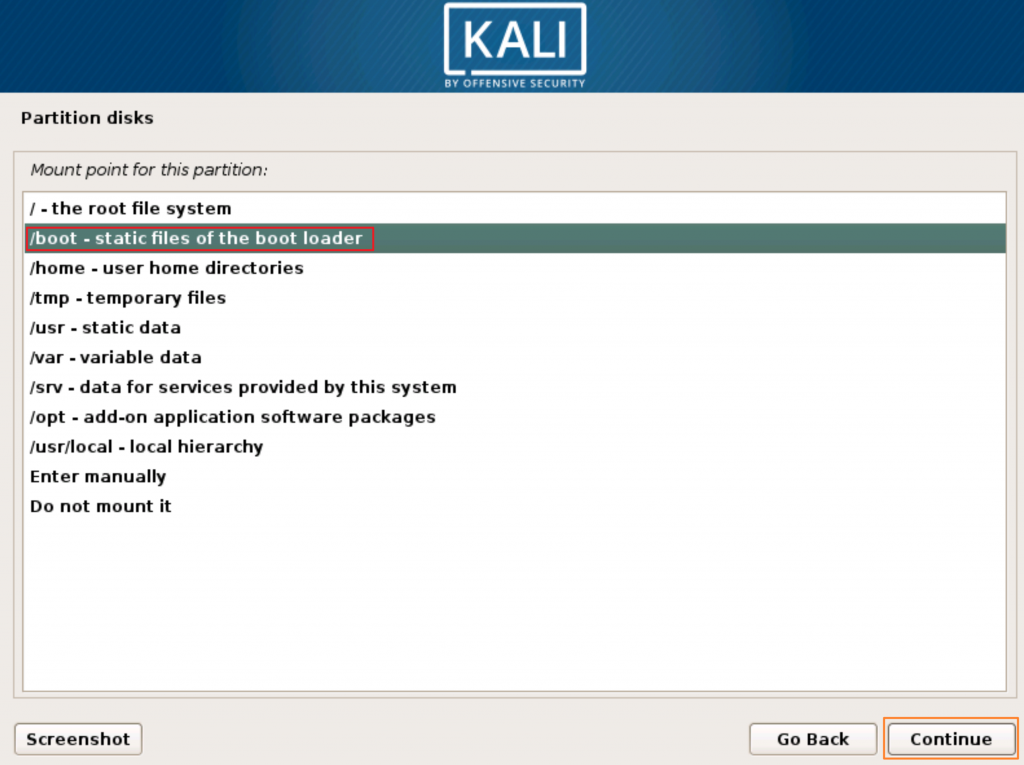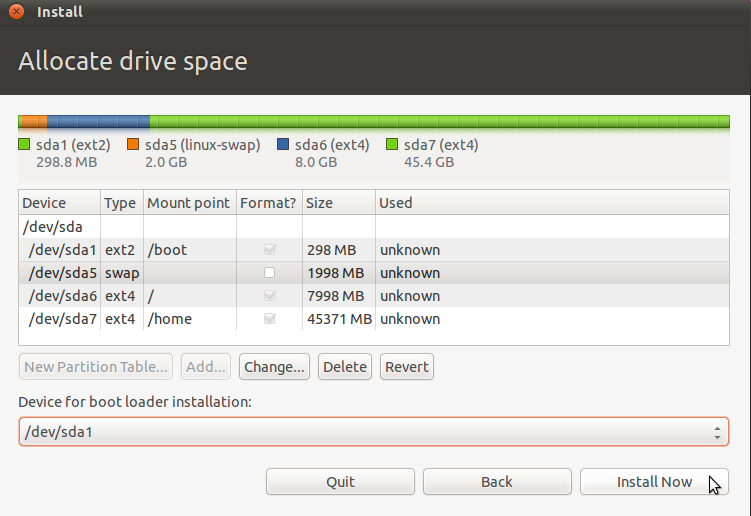


For example, in the standard Linux directory layout (Filesystem Hierarchy Standard), boot files (such as the kernel, initrd, and boot loader GRUB) are mounted at /boot/. Next, create a new GPT partition table by typing. The boot partition is a primary partition that contains the boot loader, a piece of software responsible for booting the operating system. on start menu, select run and type msconfig. If you look into the booting process, after BIOS and MBR, GRUB gives you the option of choosing your kernel.

You don’t actually need GRUB (Grand Unified Boot Loader) boot loader as it is by default boot loader and manager for Ubuntu since version 9.10.
#HOW TO CREATE BOOT PARTITION IN LINUX UPDATE#
Update /etc/fstab with new UUIDs and mount points for swap and /boot.Įxt4 is functionally very similar to ext3, but brings large filesystem support, improved resistance to fragmentation, higher performance, and improved timestamps.Format one as swap, the other as ext2 for /boot.Create two partitions inside the extended.Click OK or press Enter Go to Disk Management (Computer. Create an extended partition in unallocated space. Create boot partition in Windows XP Boot into Windows XP Click Start Click Run Type compmgmt.
#HOW TO CREATE BOOT PARTITION IN LINUX INSTALL#
Even if you install a ton software, a maximum of 20 GB for your root partition should be enough. The rule of thumb is that you choose between 1.5 to 2 times the amount of RAM as the swap space, and you put this partition in a place that is quick to reach, like at the beginning or end of the disk. What is the best way to partition in Linux? But, unfortunately, you can’t access Linux’s Ext4 partitions when you boot Windows unless you use a third-party solution or reboot the computer to Linux. Can you boot from Ext4?įAT32 and NTFS are the main file system types for Windows, while Ext4, Ext3, and Ext2 are the main file system types for Linux. Namely, are all bootloaders the same, so that any BIOS can always read them and pass control to the drive so that FAT32, NTFS, ext4, btrfs, etc. You can also open the Settings charm by pressing Windows Key + I and click the Power button, and then hold Shift while you click Restart to open the advanced boot options. In Linux, there are 6 distinct stages in the typical booting process. Many more file systems are supported, including but not limited to ext4, HFS+, and NTFS. linux uefi boot process by April 21, 2022. GRUB 2 is available for several other types of system in addition to the PC BIOS systems supported by GRUB Legacy: PC EFI, PC coreboot, PowerPC, SPARC, and MIPS Lemote Yeeloong are all supported.


 0 kommentar(er)
0 kommentar(er)
